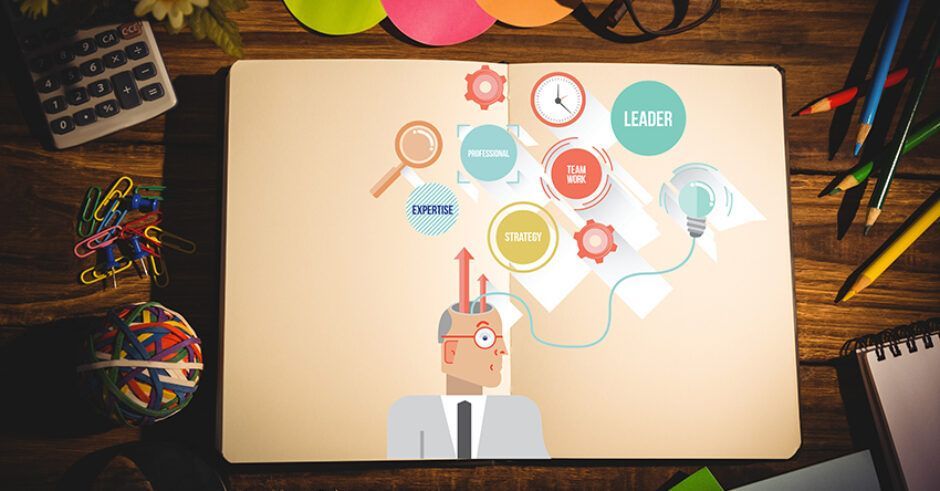Number One Challenge of a Training Session:
These days training sessions or workshops are used to communicate information on a broad range of topics. One thing is always vital though – keeping people’s attention so the message can get through. There are many reasons why someone might lose concentration during a group session and fortunately we can address most of these through sensible planning.
The Physical Venue:
People do not relax and concentrate well when they are uncomfortable or irritated, therefore:
1. Ensure you can control the temperature in the room.
2. Avoid hard chairs which are uncomfortable after about 15 minutes sitting.
3. Don’t jam too many people into a small space – give them adequate room so that elbows aren’t knocking.
4. Check for distracting noise – who will be in the room next-door? Are there road works outside the window?
5. Natural daylight is very helpful – the human body responds to natural daylight by becoming more alert.
Personal Distractions:
Put people at ease by addressing any concerns they might have at the beginning of the session:
1. What time are the breaks? Some may be calculating how long they will have to last without a cigarette.
2. What’s happening for lunch? Vegetarians, people with blood sugar issues and those who snack regularly will want to know what’s available. Others may want to work out if they can sneak off and take a phone call or catch up on emails.
3. What time will you finish? They may have a train to catch or kids to collect.
4. What’s going to happen during the session? Will you make them stand up and talk? Will there be a test at the end? Will they be bored or enjoy it?
Conducive Ambiance:
1. Create a friendly and supportive ambiance.
2. Welcome everyone and explain who you are.
3. Get everyone to introduce themselves briefly – this will help shy people get over the hurdle of speaking in front of the group and allow the more outgoing ones to say something instead of sitting quietly.
4. Provide water, hand-outs, pens – anything people might need – in easy reach. Some people may feel self-conscious about getting up and walking to the back of the room to get water during the session.
Presentation Style:
1. Be easy to listen to.
2. Don’t wear distracting clothes – people may spend more time wondering where you got that amazing necklace than concentrating on your topic.
3. Vary the tone and pace of your voice. Too much talk on a constant level will lull people off to sleep.
4. Be receptive to questions and respond positively – avoid making someone feel they have asked a silly question or got something wrong.
5. Don’t just talk for too long – people will drift off even if you are truly fascinating.
Barriers to Learning:
1. Check for any of the obvious barriers:
2. Can everyone see from where they’re sitting? Don’t stand in front of the screen or flipchart if you’re using one.
3. Can everyone hear properly? Do you need to encourage people at the back to move to empty seats near the front?
4. Do you have some way of keeping them focused on the current topic, such as slides with a heading and a couple of bullet points or a hand-out?
5. Are you making it easy for them to get back on track if they do lose concentration? Remind people what you’re talking about/what page you’re on/what question has just been asked.
Repeat Your Message:
1. It’s been said many times – tell them what you’re going to talk about, talk about it, then tell them what you’ve talked about.
2. Prepare the ground by explaining what you’re going to cover.
3. Work through your key points.
4. Finish by recapping and remind everyone what they’ve just learnt.
Learning Styles:
People learn in different ways. Some learn best through actively doing things, others through reading, discussion or reflection, but many presentations are only geared towards people who can learn through listening. To ensure you reach all your audience, try to vary your approach:
1. Include some activity for hands-on experiential learning.
2. Allow time for group or partner discussion.
3. Write key things down – on a hand-out, flipchart or screen.
4. Use symbols, stories, props and interesting ways of getting your message across.
5. You could use music to set the scene, but don’t have it on in the background as some people find it distracting.
Assess Learning:
1. Towards the end of your session, it’s a good idea to assess whether the desired learning has happened so that you can deal with any gaps.
2. Ask questions and encourage people to shout out responses – check if their answers are not quite right and you need to reiterate the key points again.
3. Include a light-hearted quiz, in teams or without requiring people to reveal their answers (avoid embarrassing anyone), and go through the correct answers to reinforce the learning.
4. Identify anyone who might need extra coaching (speak to them afterwards) or topics that need additional explanation.
If you take these elements into account, you should be well on your way to ensuring you have your group’s attention for the duration of your session. For further improvement you could ask them to complete a feedback sheet at the end. You can then check how successful you were in addressing the above barriers to learning. Happy training!
By Judith Coslett
www.judithcosletthr.co.uk

